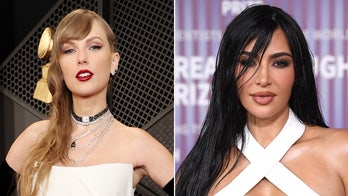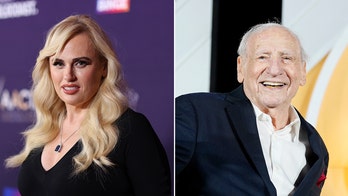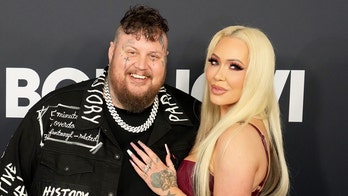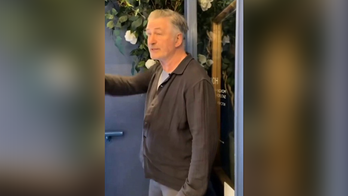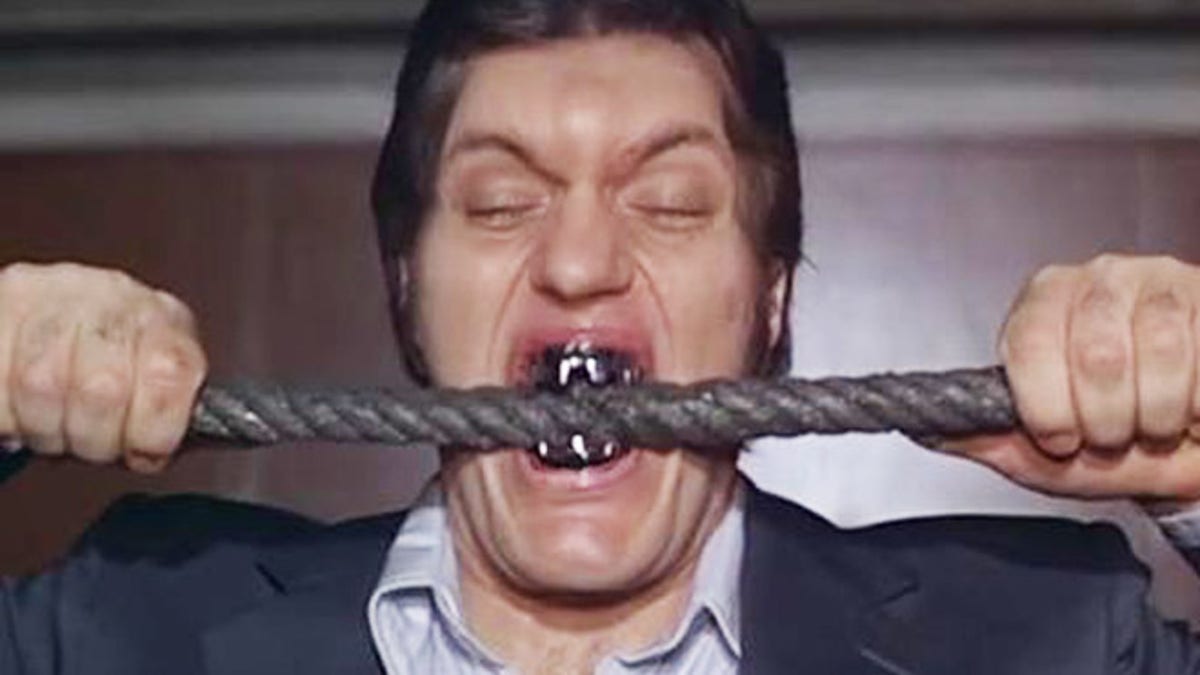
Jaws from 'Moonraker.' (United Artists)
The James Bond franchise, celebrating its 50th year in films this month, has always done one thing exceptionally well: Create really good bad guys. And like lapels and hemlines, Bond's dastardly villains change with the times.
“My favorite has always been the classic Bond villains from the 1960s – you know, Goldfinger, Dr. No, Blofeld, Largo – the really kind of larger-than-life megalomaniac power-hungry villains who have absurd plans for blowing up Fort Knox,” media historian and James Bond fan Professor James Chapman, University of Leicester, told FOX411. “There’s something excessive about the classic Bond villains that links it back to that whole kind of glorious tradition of Dr. Mabuse and Fu Manchu and those sensational megalomaniac villains.”
At the height of the Cold War in the early 1960s, James Bond faced a variety of foes, but never specifically an agent of the U.S.S.R.’s much-feared security organization, the KGB.
[pullquote]
“The films detached Bond and the villains from the Cold War context,” Chapman explained. “In Ian Fleming’s books, which were written in the early ‘50s, the Soviet Union and its satellites are the enemy, but the films changed that. There is a marvelous scene in ‘Dr. No’ where Dr. No does what all great Bond super villains should do, he sits down and entertains his guests for dinner lectures them on the nature of power before torturing them half to death. And then Dr. No says something like, ‘East and West are merely points on the compass, they’re irrelevant to me.’ So, the films never really did the Cold War politics – they refer to the Cold War, like in ‘From Russia with Love,’ obviously, and ‘The Spy Who Loved Me’ – they referred to the Cold War background, but you don’t often get the Russian villains.”
That changed course in the 1980s, when the Cold War re-escalated.
“In ‘The Living Daylights’ and ‘Octopussy,’ you start to get retrograde Russian generals, but it’s also made clear that they are slightly mad and going independent, they’re not actually reflecting the Soviet Union itself,” noted Chapman. “This was an attempt to detach the films slightly from the Cold War context. Post-Berlin Wall coming down, we’ve had Russian mafia, international terrorists, cartels and so on.”
As the Soviet Union collapsed, producers of the Bond films looked to other international foes for inspiration for their villains.
“The best example is probably in the 1989 film ‘A License to Kill,’ where the villain was a South American drug baron,” said Professor Chapman. “He’s played by a very good heavy villain actor called Robert Davi with a rather kind of pockmarked and scarred face. All of the critics said he looked like Manuel Noriega. The filmmakers never make it explicit, but it’s clear what’s going on.
INTERVIEW: Robert Davi on being a Bond villain.
In the ‘90s, the Bond film franchise even found a foe in the leader of a large newspaper, magazine, television and radio empire.
“In 1997’s ‘Tomorrow Never Dies’, the villain was a media tycoon,” explained Professor Chapman. “In the British context, there was a veiled reference at the end because [media tycoon Robert] Maxwell died [falling] off his boat and that’s how the character, Eliot Carver, died in the film.”
But one thing Bond villains have in common is a specific look – and great zingers.
“The villains often have some kind of physical deformity that made them grotesque,” said Chapman. “They’re either very large or very small or they’ve got peculiar shaped heads or they’ve got hooks for hands–something distinctive that makes them stand out as being different. And great lines – the best Bond villain line in my mind is is during the scene in ‘Goldfinger’ where Bond’s strapped down with a laser creeping up between his legs. Goldfinger’s watching it and Bond turns to Goldfinger and says, “Do you expect me to talk?” And Goldfinger says, “No Mr. Bond, I expect you to die.”
No matter what the political climate, Chapman says every Bond villain reflects his or her era.
“They’re the right villain for the time,” explained Professor Chapman. “This is a 50-year franchise and it’s just unprecedented to have the continuous series of films in production with the same production team behind them, with continuity in the production base, and for them to be still as successful at the box office. The way which they modify and then re-modify the character to respond to the wider cultural environment, they’ve usually – maybe not always – but they’ve usually judged that very very well."
